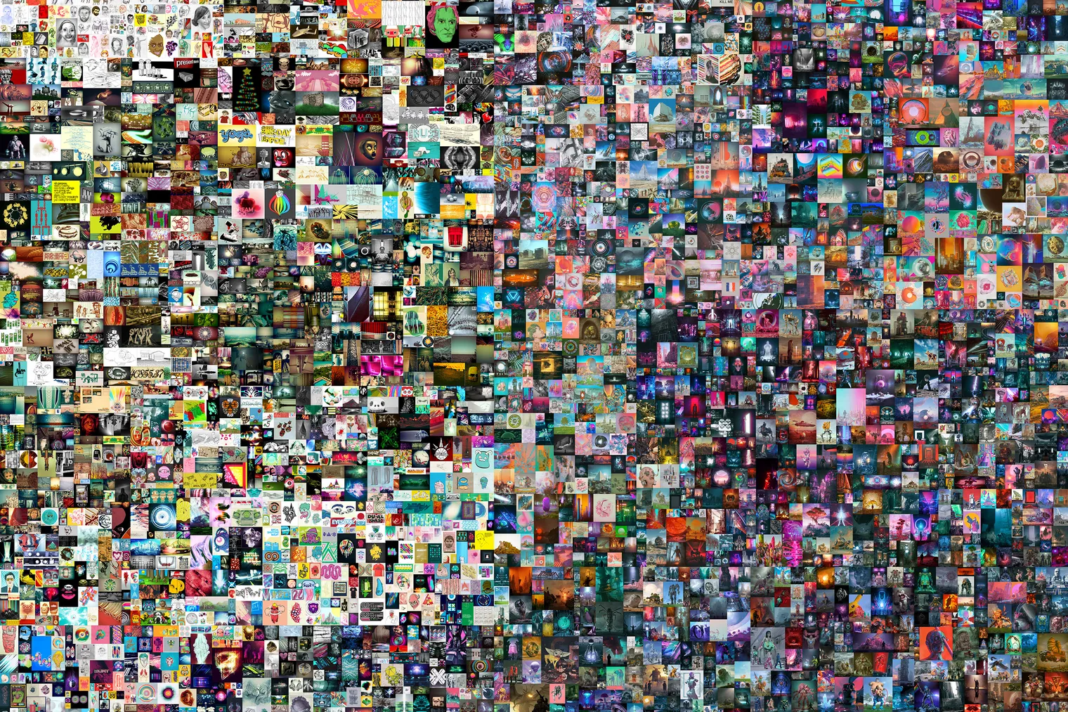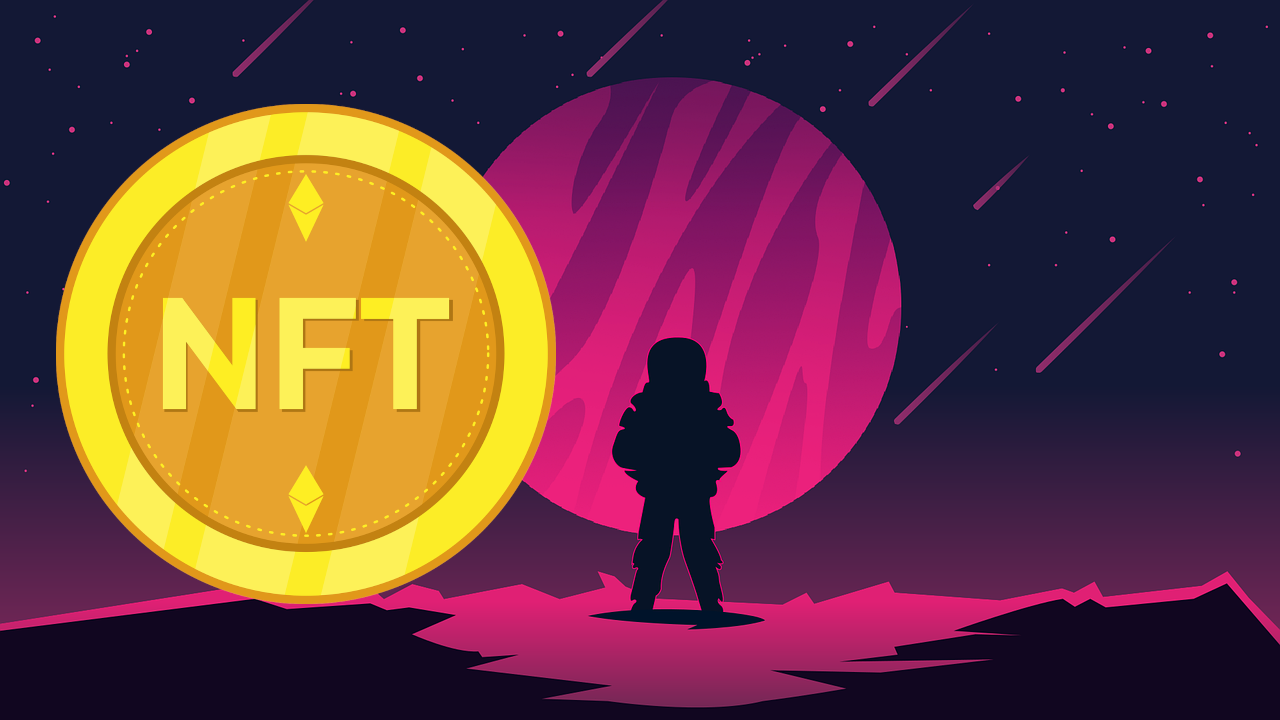Introduction
Non-Fungible Tokens, or NFTs, have become increasingly popular in recent years as a way for creators to monetize digital content. With the rise of NFTs, the concept of NFT royalties has also gained traction, providing creators with a way to earn ongoing revenue from their digital creations. NFT royalties are a percentage of the sale price of an NFT that is paid to the creator each time the NFT is sold in the future.
In this article, we will explore what NFT royalties are, how they work, and why they are important to understand for creators, collectors, and platforms involved in the NFT marketplace. We will also discuss how NFT royalties are determined, who earns them, and how to earn them. By the end of this article, readers will have a solid understanding of NFT royalties and their potential impact on the future of digital content creation and ownership.
What are NFT royalties?
NFT royalties are a relatively new concept that allows creators to earn ongoing revenue from the sale of their digital content. Unlike traditional royalty structures, where creators earn a percentage of each sale of their work, NFT royalties are specifically tied to the sale of an NFT. This means that each time the NFT is sold in the future, the creator earns a percentage of the sale price, providing them with a recurring revenue stream.
NFT royalties are typically set at a percentage of the sale price, with the creator and platform agreeing on the royalty structure before the NFT is listed for sale. This ensures that creators have a clear understanding of the revenue they can expect to earn from their NFTs and allows them to continue to earn money from their work long after the initial sale. NFT royalties are an important development in the world of digital content creation, providing creators with a sustainable way to earn a living from their work and incentivizing them to continue to create and innovate.
How are NFT royalties determined?
Determining NFT royalties can be a complex process that involves various factors, such as the initial sale price of the NFT, the percentage of the royalty, and the duration of the royalty period. The initial sale price of the NFT is often used as the baseline for determining the royalty percentage, with creators typically earning a percentage of each subsequent sale of the NFT.
The duration of the royalty period can also be an important factor in determining NFT royalties. Some platforms may offer a fixed duration for the royalty period, while others may allow creators to set their own royalty period. The longer the royalty period, the greater the potential revenue for the creator, but it may also affect the resale value of the NFT.
There are different types of NFT royalties, including flat rate, progressive, and hybrid models. Flat rate royalties involve a fixed percentage of the sale price that is paid to the creator, while progressive royalties increase over time, providing creators with a greater share of the revenue as the NFT becomes more valuable. Hybrid models combine elements of both flat rate and progressive royalties, allowing creators to earn a fixed percentage of the initial sale price and a percentage of future sales.
Who earns NFT royalties?
NFT royalties can be earned by various parties involved in the NFT marketplace, including creators, collectors, and platforms. Creators are the primary beneficiaries of NFT royalties, as they earn a percentage of the sale price each time their NFT is resold. Collectors may also earn NFT royalties if they hold an NFT that has a royalty structure in place, as they will receive a portion of the revenue each time the NFT is resold.
Platforms that facilitate the buying and selling of NFTs can also earn NFT royalties, as they may take a percentage of each sale or charge transaction fees. Some platforms may also offer their own royalty structures, allowing them to earn a percentage of future sales of NFTs listed on their platform.
How to earn NFT royalties?
There are several ways to earn NFT royalties, including creating NFTs with a royalty structure, buying NFTs with a royalty structure, and participating in NFT marketplaces that offer royalty options.
To earn NFT royalties as a creator, one can create an NFT with a royalty structure and list it for sale on an NFT marketplace. The royalty structure can be negotiated with the platform, and creators can set the royalty percentage and duration of the royalty period.
As a collector, one can earn NFT royalties by purchasing an NFT with a royalty structure. Each time the NFT is resold, the collector will receive a portion of the revenue.
NFT marketplaces can also offer their own royalty options, allowing participants to earn NFT royalties by buying or selling NFTs on their platform.
It is important to note that not all NFTs come with a royalty structure, and it is up to the creator to determine whether or not to include one. Additionally, the resale value of an NFT can be affected by the royalty structure, so it is important to carefully consider the percentage and duration of the royalty period.
Conclusion
NFT royalties are a new concept in the world of digital content creation and ownership, providing creators with a way to earn ongoing revenue from their work. By setting a percentage of the sale price of an NFT that is paid to the creator each time the NFT is sold in the future, NFT royalties incentivize creators to continue to innovate and create high-quality digital content.
Determining NFT royalties can be a complex process, involving factors such as the initial sale price, the percentage of the royalty, and the duration of the royalty period. NFT royalties can be earned by creators, collectors, and platforms involved in the NFT marketplace, and there are several ways to participate in the royalty ecosystem, including creating NFTs with a royalty structure, buying NFTs with a royalty structure, and participating in NFT marketplaces that offer royalty options.
As the NFT marketplace continues to grow and evolve, the role of NFT royalties in the ecosystem will likely become increasingly important. NFT royalties have the potential to revolutionize the way digital content is created and owned, providing creators with a sustainable way to earn a living and incentivizing them to continue to innovate and push the boundaries of digital art and culture.









